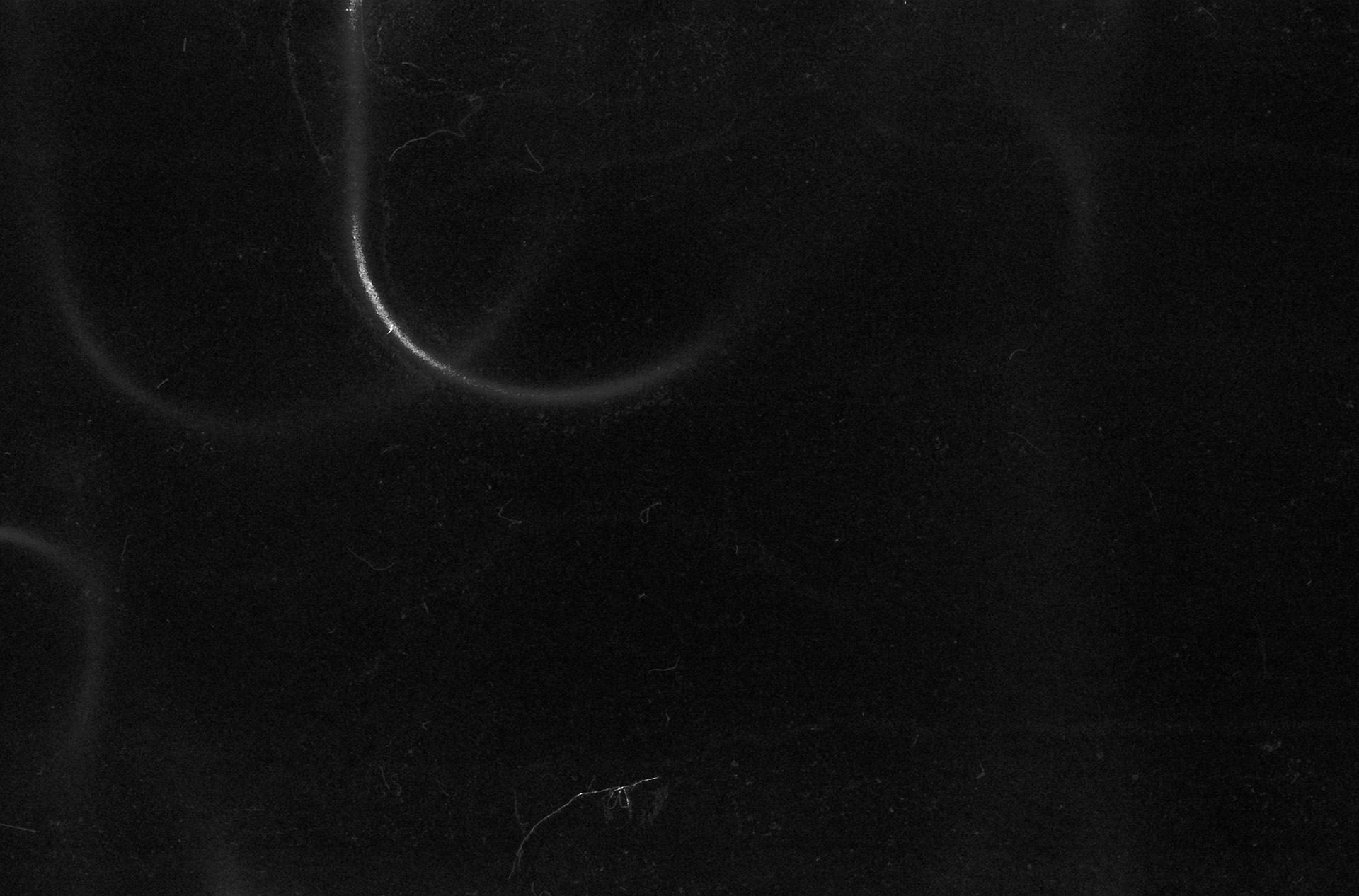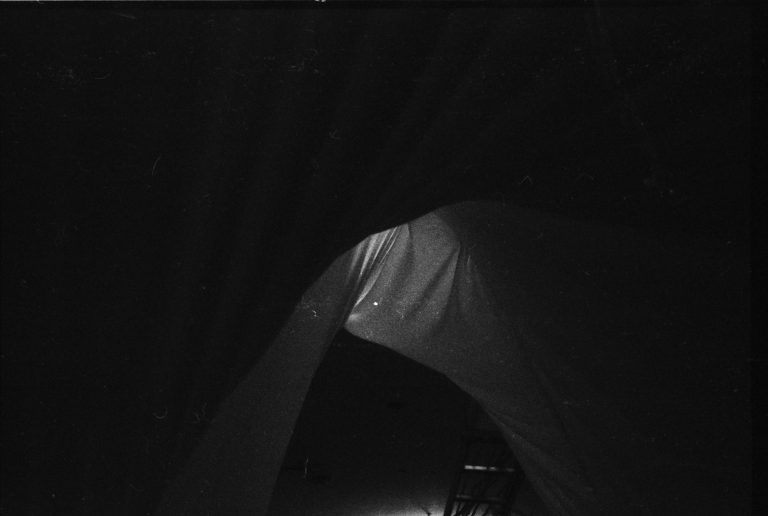
DIALOGUES OF/WITH SPACES
“How do we communicate with our environment?” – a question I asked myself way before even trying to formulate the thesis of my experiment. Architecture studies and research into placemaking, on one hand, help you to narrow down the answer to this question, but on another, tangles up your mind with tangents and asterisks that you end up questioning why you asked yourself this question in the first place. Being one leg in visual arts (if you can call architecture that) and one in sound art/music, trying to reflect onto this question and how we interact with our creations, I’ve realized that maybe I was looking for an answer in the wrong place – in the end, you don’t understand your world through the lens of theory, reading P. Zumthor’s “Atmospheres” or not-fully-understanding Christopher Alexander’s “A Pattern Language” doesn’t change how we process the world, it’s all about sense, smell, taste, sound, sight and through these primordial senses our brains extrapolate that we’re, indeed, “Sitting in a room” [1] .
That’s why, trying to find an answer lead to a certain minimization, trying to understand purely based on a phenomenological sense of the world, which lead me to sound. Sound, I’d say, is a bit special when it comes to architecture – it usually arises naturally, isn’t moulded by the hands of the architect, is, in fact, a unique representation of the space it inhabits.
The question changed to “How do we speak to our environment?”. I started asking spaces “how do you do?”, but all I’ve got back were reflections of myself – another puzzle, how do you separate the art and the artist?
Moving away from more philosophical questioning, another way to see spaces is as systems of parts, cells interacting with each other, as in our own bodies, the great part of this perspective is that a system can be measured – this is what path I went down in the end, trying to extrapolate identity scientifically.
Another great part of this perspective is that this problem has already been tackled by physicists – “Impulse response analysis”, a type of analysis of a static system, which yields properties of that system based purely on inputs and outputs.
Thus, after jumping from one thought loop to another, I’ve found a path towards answering a rhetorical question – we have a dialogue with spaces and listen closely, as they’re timid things, afraid of their voice or their creators, but if you ask correctly, they do answer.
Next waited another question – what do our environments actually say?
| [1 | I Am Sitting in a Room, Alvin Lucier, 1969 – https://www.ubu.com/sound/lucier.html |
|---|




